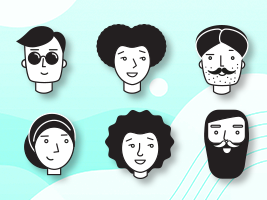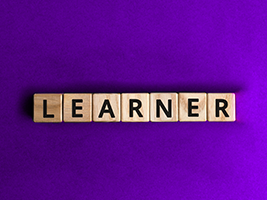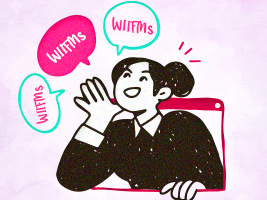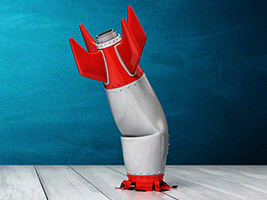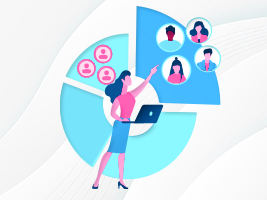
SO YOU’VE BUILT YOUR LEARNER PERSONAS. NOW WHAT?
We have seen L&D teams pour their hearts into the creation of personas, often involving lengthy discussions and debates, only to have them sitting on a shelf, gathering dust. Don’t let that be you. This article delves into what should happen (or can happen) once your personas are defined.



